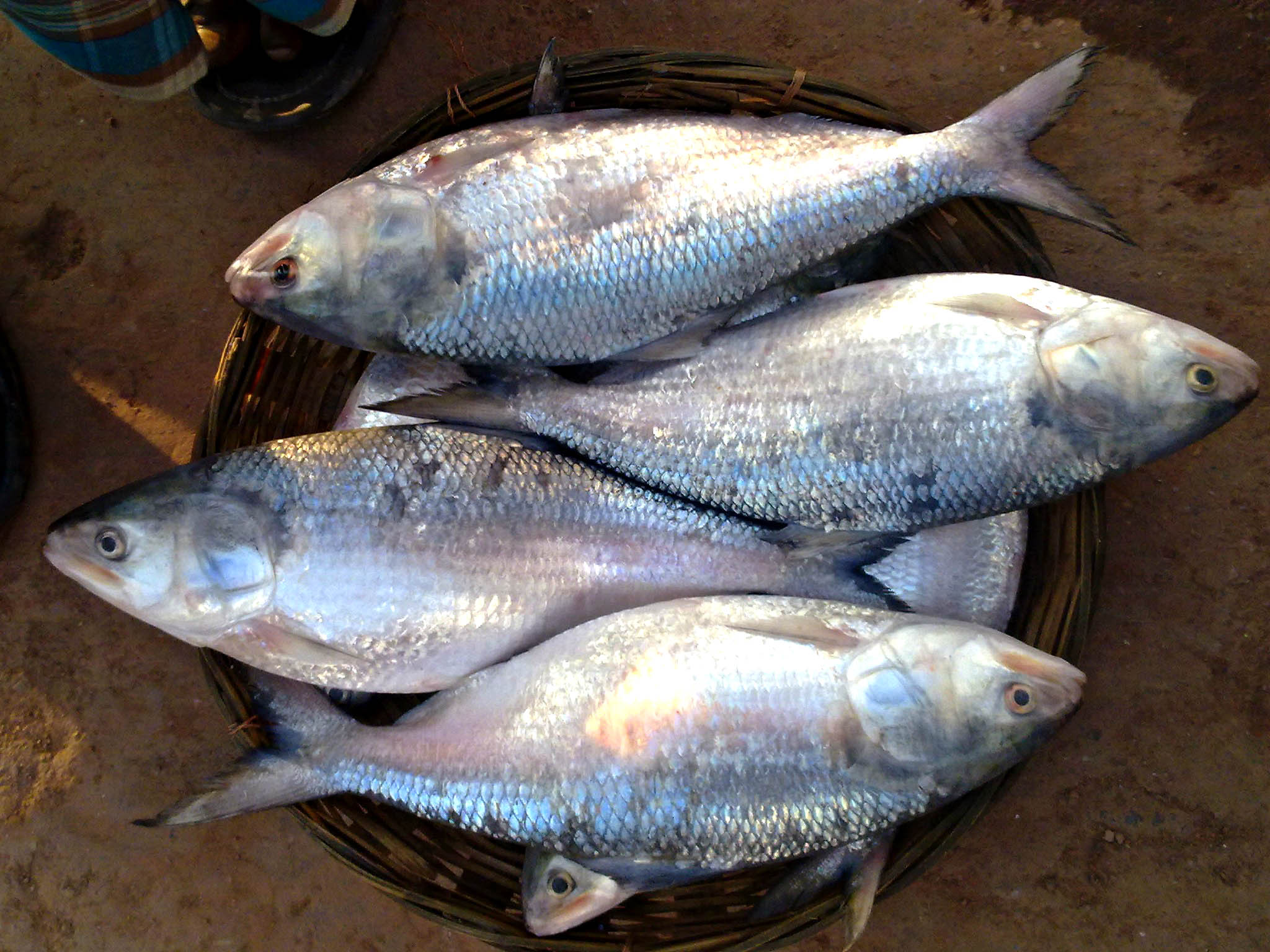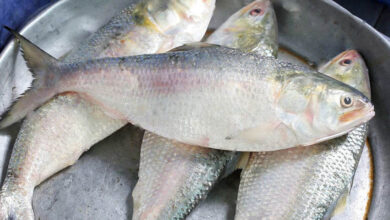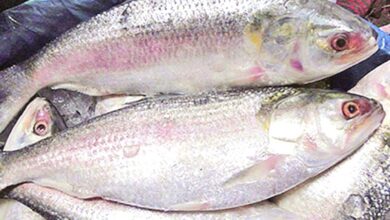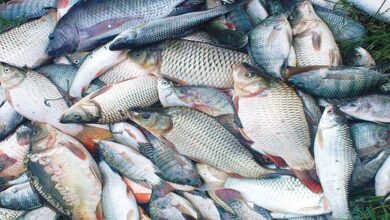
Government imposes the prohibition every year in an effort to conserve the Hilsa fish population by protecting fish that lay eggs from fisherman. The decision was made during a meeting of the National Task Force Committee on Hilsa Resource Development held on September 20, 23 in the conference room of the Fisheries Department at Matsya Bhaban in the capital. SM Rezaul Karim, the minister of fisheries and livestock, presided over the meeting, according to the press release. To guarantee that hilsa continue to reproduce unhindered, hilsa procurement, marketing, buying, selling, transportation, stocking, and exchange will be restricted nationwide throughout this restriction time.
The most significant and most abundant single species caught in both inland and marine waters in Bangladesh is the ilisha shad, or Tenualosa ilisha. The culture and tradition of the people of Bangladesh are inextricably linked to hilsa. It serves as Bangladesh’s national fish as well. Throughout the whole Indo-Bangladesh subcontinent, this fish has great popularity due to its flavor, taste, and culinary qualities. In addition to making a significant contribution to global fish output, Hilsa also has a significant impact on food, nutrition, employment, and foreign exchange revenues. However, overexploitation, environmental deterioration, and other anthropogenic activities were reducing its output, particularly in the freshwater habitat.
To protect brood hilsa and jatka during the ban periods, the Department of Fisheries (DoF) created alternative employment opportunities for 30,000 affected fishermen families and distributed 10,000 authorised nets throughout the country. Some fishermen are appointed as guards for a monthly pay of Tk 10,000 to monitor illegal fishing and notify local fisheries officer. They encourage other fishermen to refrain from fishing during the prohibition time as well. Others compensated for their loss by purchasing cows to raise and keep working throughout the prohibition time.
Despite an increased tendency in the overall catch, the output of hilsa fish has been growing less quickly each year recently. The unlawful catching of brood and jatka hilsa, widespread usage of outlawed gillnet, and the effects of climate change, such as unpredictable rainfall, are some of the causes. To stop indiscriminate fishing and the destruction of aquatic animals, the gillnet a small-mesh net constructed of monofilament synthetic nylon fiber that is particularly successful at catching vast numbers of fish has also been outlawed in the nation since 2001.
It was discovered that the spawning cycle of hilsa tightly synced with the lunar cycle and that hilsa spawn primarily during full moon and new moon. Additionally, it was discovered that hilsa should breed from late afternoon to early evening. However, the level of maturity and abundance of ripe hilsa varies depending on geographic locations, water currents, the availability of food, and other environmental factors. Every year, during the high tides of the full moon and new moon, a large number of completely ripe and oozing male and female hilsa fish come up in the river and estuary for spawning. The fishermen catch enormous quantities of oozing hilsa during this period.
Since the fisheries had been in decline for a number of years, people had begun to become concerned. Freshwater and marine water catch have increased day by day as a result of the conservation strategy and fishing ban operations that have been in place since 2001. As a result, Bangladesh’s Hilsa catch has been seen to remain largely steady up to this point. The management plan’s adoption has raised hilsa fish output while also enhancing the major fishing industry’s economic and social wellbeing and the fishery’s sustainability.
Farhana Islam
Agriculturist, Researcher




